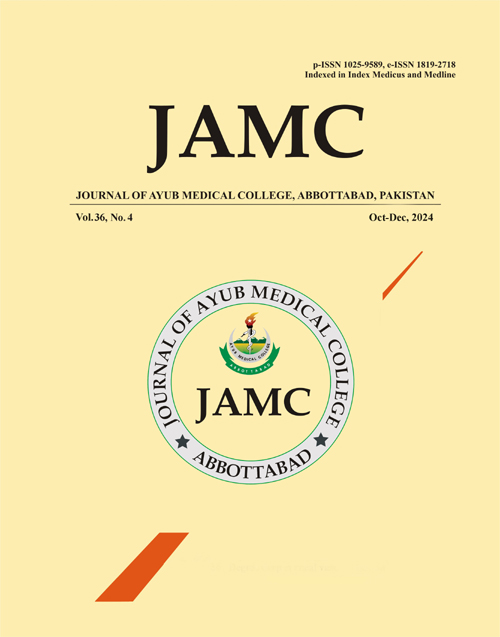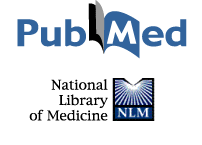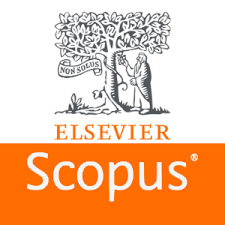ASSOCIATION OF COMPLICATIONS OF DIABETES MELLITUS WITH SOCIODEMOGRAPHIC DETERMINANTS IN PATIENTS PRESENTING TO AYUB TEACHING HOSPITAL ABBOTTABAD
DOI:
https://doi.org/10.55519/JAMC-04-13758Keywords:
diabetes mellitus, complications, microvascular, macrovascular, sociodemographicAbstract
Background: Diabetes mellitus is a disease with many possible complications like macrovascular i-e stroke, coronary artery disease, peripheral artery disease, and microvascular i-e retinopathy, neuropathy and nephropathy. Many studies have been done in past to find the frequencies of these complications and their association with sociodemographic determinants of diabetic patients, but there was limited data available in our setup. This study was carried out to determine the frequency of micro and macrovascular complications of diabetic patients and their association with socioeconomic determinants at Ayub Teaching Hospital, Abbottabad. Methods: This cross-sectional study was carried out at Ayub Teaching Hospital, Abbottabad, Pakistan, from July 2022 till December 2023 on 113 diabetic patients. The data was collected on micro and macrovascular complications of diabetes on a pre-designed structured proforma and analyzed by means of SPSS-23. Results: The most common macrovascular complication was coronary artery disease 10(8.8%) while neuropathy 35(31%) was the most common microvascular complication. Among macrovascular complications stroke was associated significantly with age (p=0.01) and duration of diabetes (p=0.032). Among microvascular complications neuropathy was associated with gender (p=0.047), nephropathy with smoking (p=0.02) and retinopathy with both gender (p=0.019) and smoking (p=0.017). Conclusion: In this study there was significant association between, gender with neuropathy and retinopathy, smoking with nephropathy and retinopathy, stroke with age and duration of diabetes.
References
1. Petersmann A, Nauck M, Müller-Wieland D, Kerner W, Müller UA, Landgraf R, et al. Definition, classification and diagnosis of diabetes mellitus. Exp Clin Endocrinol Diabetes 2018;126(7):406–10.
2. American Diabetes Association. Diagnosis and classification of diabetes mellitus. Diabetes Care 2014;37(Suppl_1):S81–90.
3. Olokoba AB, Obateru OA, Olokoba LB. Type 2 diabetes mellitus: a review of current trends. Oman Med J 2012;27(4):269–73.
4. Harding JL, Pavkov ME, Magliano DJ, Shaw JE, Gregg EW. Global trends in diabetes complications: a review of current evidence. Diabeto-logia 2019;62:3–16.
5. Al-Maskari F, El-Sadig M, Norman JN. The prevalence of macrovascular complications among diabetic patients in the United Arab Emir-ates. Cardiovasc Diabetol 2007;6(1):1–7.
6. Jørgensen H, Nakayama H, Raaschou HO, Olsen TS. Stroke in patients with diabetes. The Copenhagen Stroke study. Stroke 1994;25(10):1977–84.
7. Cherchi S, Gigante A, Spanu MA, Contini P, Meloni G, Fois MA, et al. Sex-gender differences in diabetic retinopathy. Diabetology 2020;1(1):1–10.
8. Zhang X, Saaddine JB, Chou CF, Cotch MF, Cheng YJ, Geiss LS, et al. Prevalence of diabetic retinopathy in the United States, 2005-2008. JAMA 2010;304(6):649–56.
9. Abbott CA, Malik RA, Van Ross ER, Kulkarni J, Boulton AJ. Prevalence and characteristics of painful diabetic neuropathy in a large com-munity-based diabetic population in the UK. Diabetes Care 2011;34(10):2220–4.
10. Booya F, Bandarian F, Larijani B, Pajouhi M, Nooraei M, Lotfi J. Potential risk factors for diabetic neuropathy: a case control study. BMC Neurol 2005;5(24):1–5.
11. Cai X, Chen Y, Yang W, Gao X, Han X, Ji L. The association of smoking and risk of diabetic retinopathy in patients with type 1 and type 2 diabetes: a meta-analysis. Endocrine 2018;62:299–306.
Downloads
Published
How to Cite
Issue
Section
License
Copyright (c) 2024 Saqib Malik, Farhat Naz, Fatima Iqbal

This work is licensed under a Creative Commons Attribution-NoDerivatives 4.0 International License.
Journal of Ayub Medical College, Abbottabad is an OPEN ACCESS JOURNAL which means that all content is FREELY available without charge to all users whether registered with the journal or not. The work published by J Ayub Med Coll Abbottabad is licensed and distributed under the creative commons License CC BY ND Attribution-NoDerivs. Material printed in this journal is OPEN to access, and are FREE for use in academic and research work with proper citation. J Ayub Med Coll Abbottabad accepts only original material for publication with the understanding that except for abstracts, no part of the data has been published or will be submitted for publication elsewhere before appearing in J Ayub Med Coll Abbottabad. The Editorial Board of J Ayub Med Coll Abbottabad makes every effort to ensure the accuracy and authenticity of material printed in J Ayub Med Coll Abbottabad. However, conclusions and statements expressed are views of the authors and do not reflect the opinion/policy of J Ayub Med Coll Abbottabad or the Editorial Board.
USERS are allowed to read, download, copy, distribute, print, search, or link to the full texts of the articles, or use them for any other lawful purpose, without asking prior permission from the publisher or the author. This is in accordance with the BOAI definition of open access.
AUTHORS retain the rights of free downloading/unlimited e-print of full text and sharing/disseminating the article without any restriction, by any means including twitter, scholarly collaboration networks such as ResearchGate, Academia.eu, and social media sites such as Twitter, LinkedIn, Google Scholar and any other professional or academic networking site.










